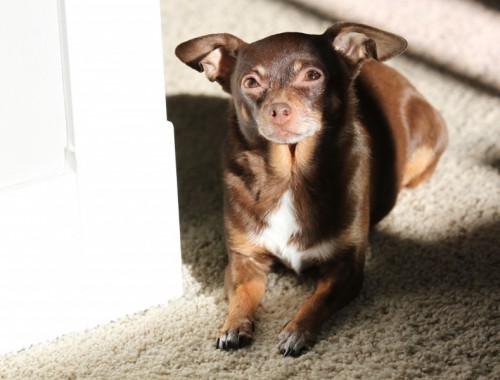Babies’ skin is very sensitive to the sun’s harmful rays. Babies should NOT be in direct sunlight, particularly before the age of six months. Little ones need extra care in the heat to ensure that they do not become dehydrated. Feed babies frequently with breast milk or formula. Use a wide brimmed hat, light and long clothing and a canopy as much as possible. Stay in the shade, particularly between 10am and 4pm when the sun is at its strongest.
Once babies are over the age of six months it is safe to use sunscreen. Test a sunscreen on your baby’s back for a reaction before applying it all over. You should not over-apply sunscreen on young babies because infants have proportionately more skin for the size body in comparison to an adult, therefore babies get a higher ‘dose’ of sunscreen and if they are prone to a reaction, the likelihood of one is greater. In addition, babies have a mildly impaired mechanism to keep cool by sweating and have a greater risk of becoming dehydrated due to heat. Sunscreen can impair effective cooling by perspiration so putting too much on a young infant could be detrimental.
Choose sunscreen that is ‘physical’ or ‘chemical-free’ and instead made with zinc oxide or titanium dioxide. Whereas chemical sunscreens may cause irritation or allergic reactions because skin absorbs the active ingredients, sunscreen made with oxide or titanium dioxide sits on top of the skin, forming a barrier against the sun’s rays. It also starts protecting as soon as you apply it. If you do use a chemical sunscreen, make sure that it is ‘Paba-free’ – paba has been linked to skin irritation.
Broad-spectrum products protect against both UVA and UVB rays. Any sunscreen that contains the physical blocker zinc oxide or titanium dioxide will do this. The sun protection factor (SPF) should be at least 15, but you generally don’t need to go above an SPF of 30. Higher than that and you are getting smaller amounts of added protection. Other characteristics of the best sunscreens are that they are hypoallergenic, fragrance-free and come in an easy to use format.
It is fine to use a sunscreen geared for children, but there is no difference between them and one for adults. Also keep in mind that budget brands are just as effective as name brands.
Make sure you apply enough sunscreen at least 30 minutes before exposure to the sun, and reapply at least every two hours. Apply sunscreen even if it is cloudy outside. Clouds do not absorb all of the UV radiation that may harm your child.
Buy sunglasses for your baby – parents often overlook the need to protect their baby’s eyes as an important part of their sun protection routine.


[…] missed areas. For a small and portable option, pick up a sunscreen stick – also great for babies. Try to find some shade if you can on the […]